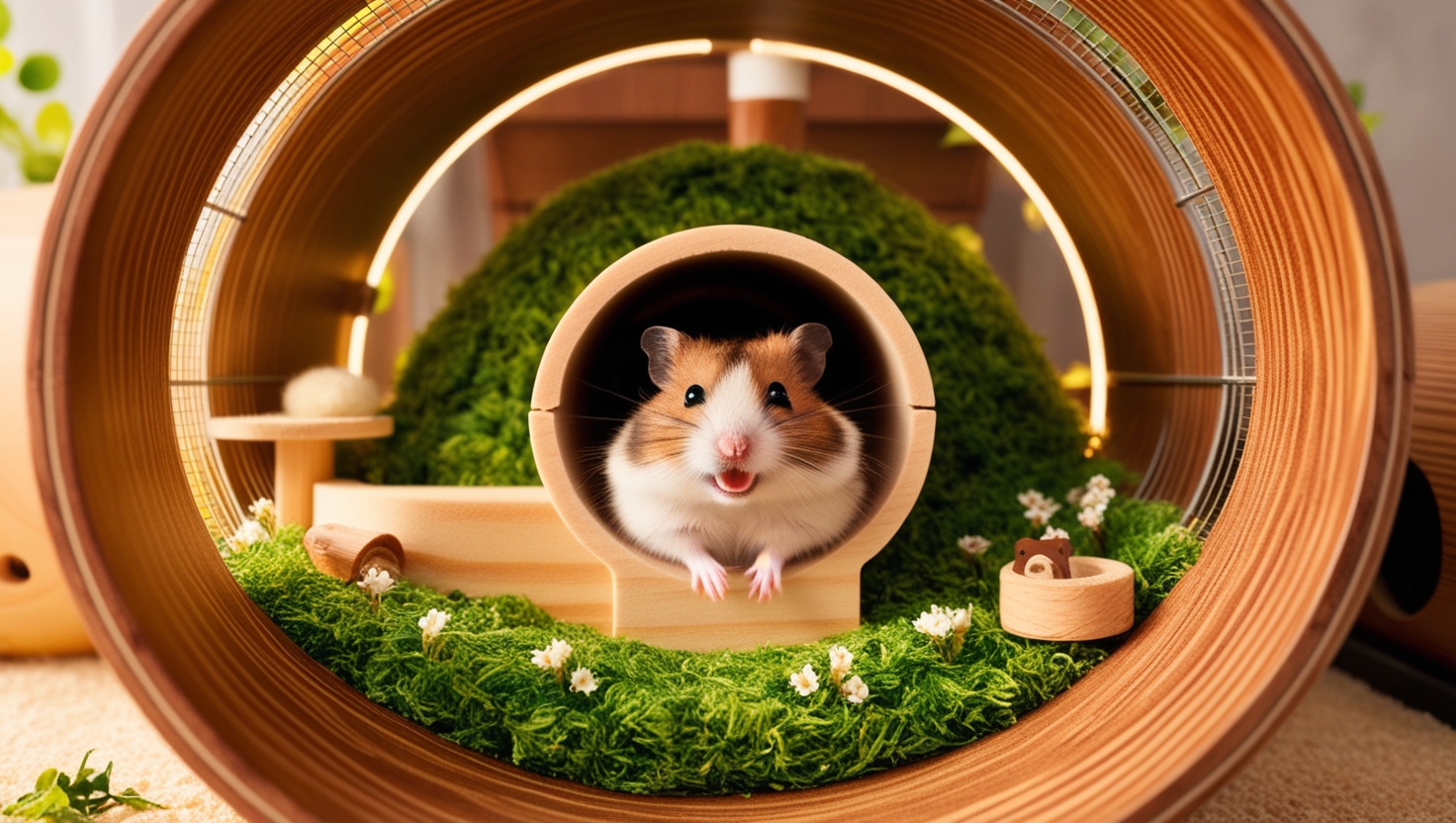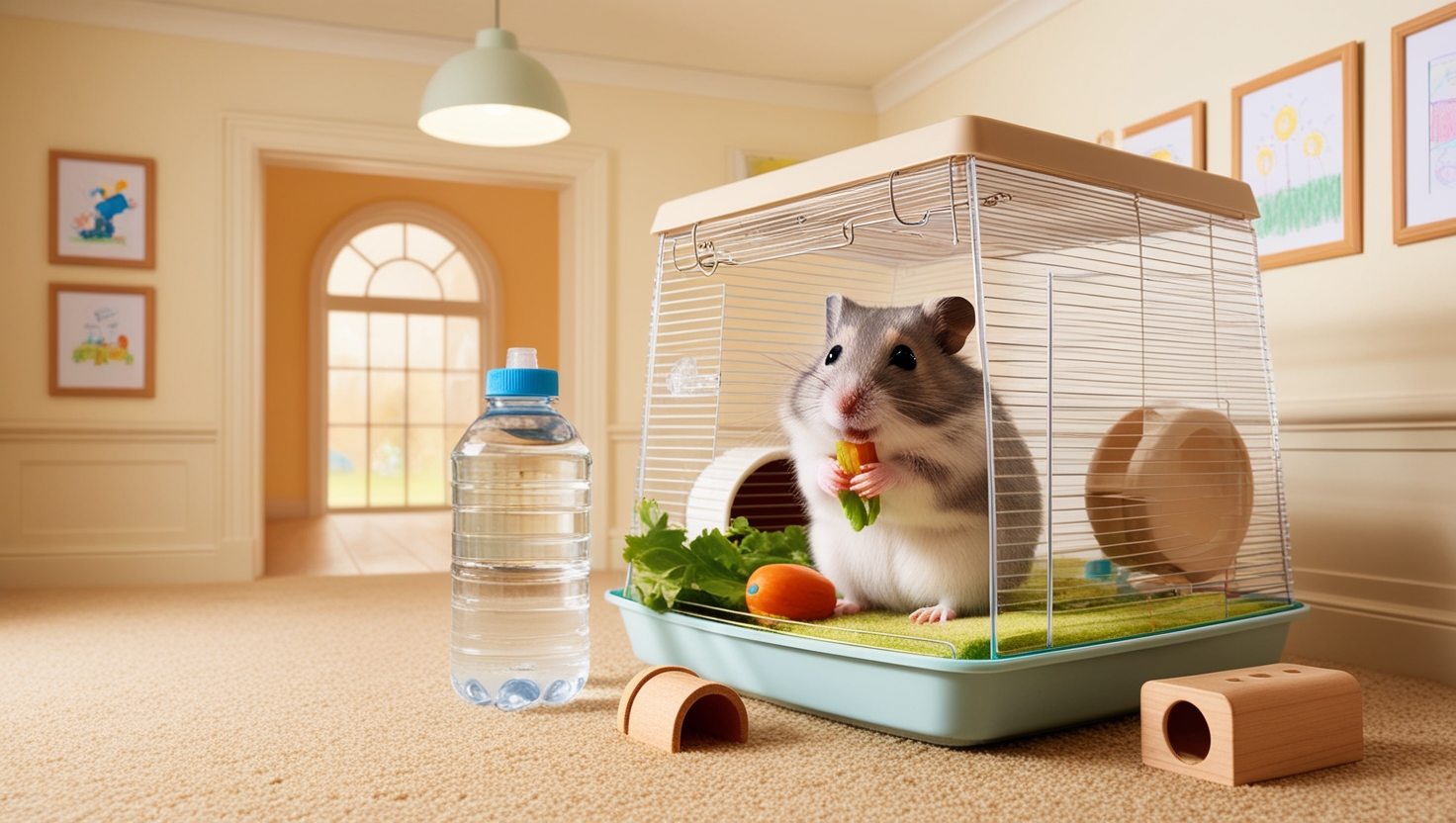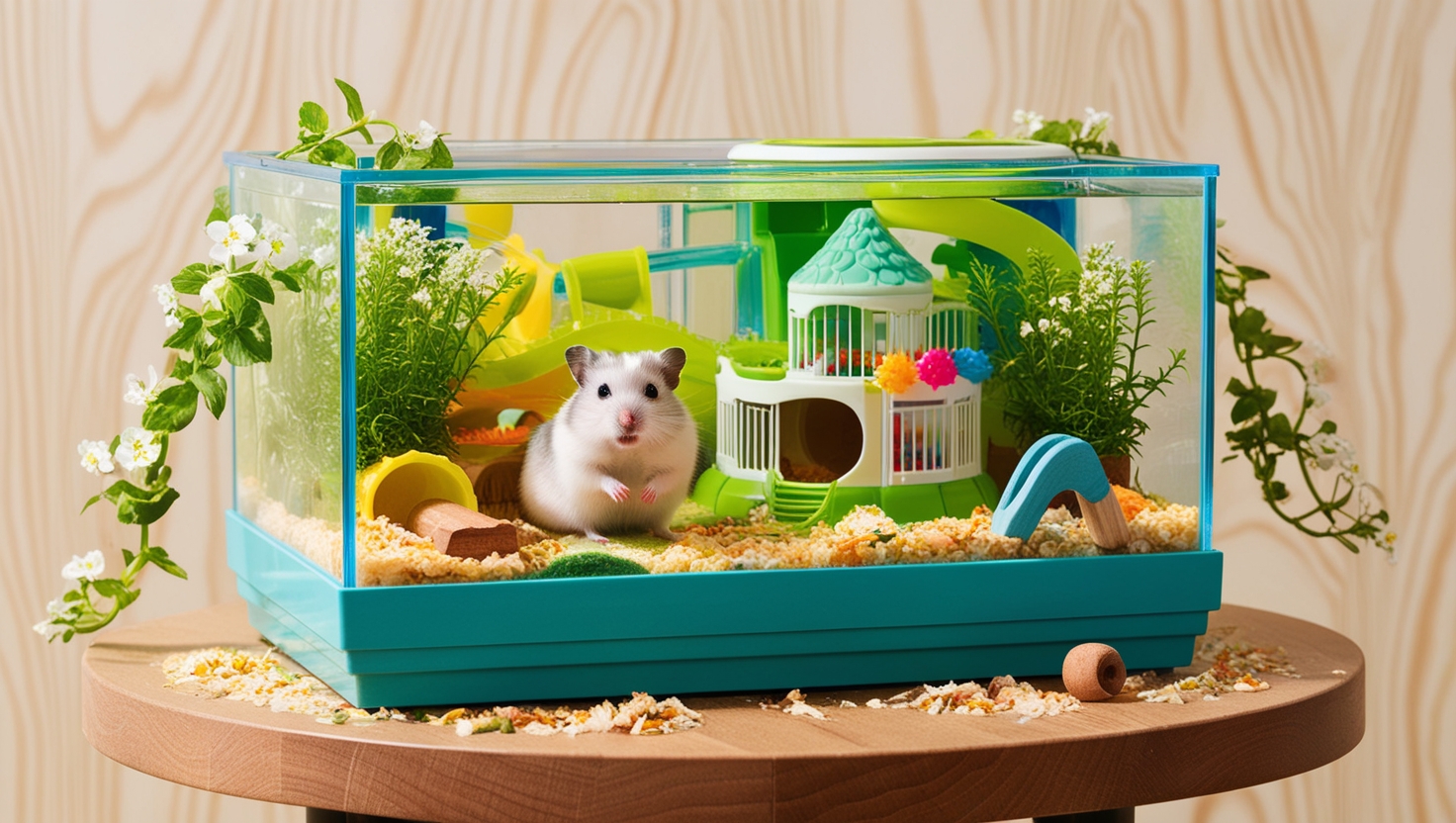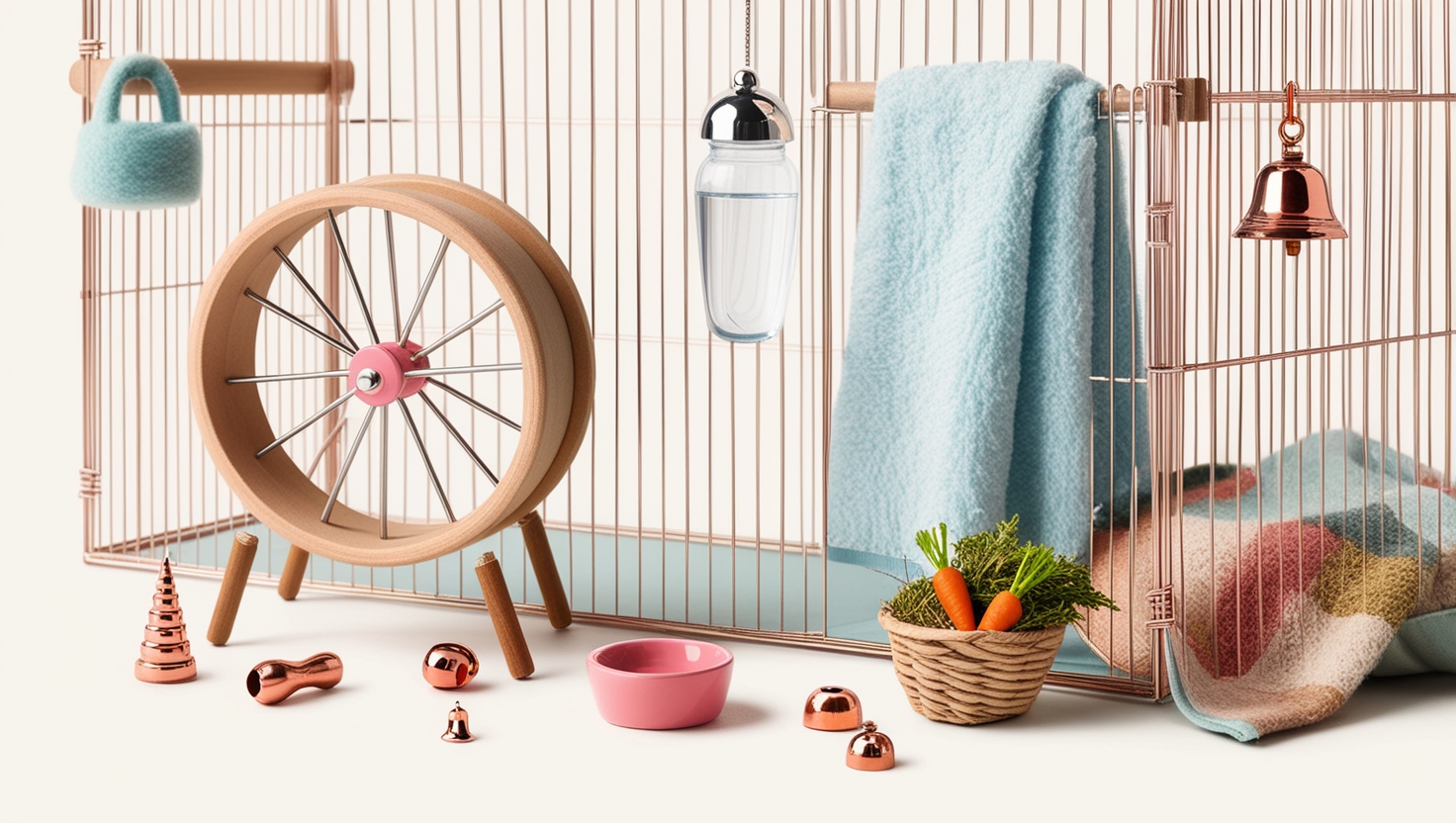So, you’re thinking about welcoming a fluffy hamster into your life? That’s fantastic! But before you rush out and buy the first “hamster cage” you see, especially at a pet store, let me share a story. It might just save a hamster’s life – and save you from a world of trouble!
The other day, I was in a pet store (doing my usual undercover investigation for hamster well-being, of course). I overheard an employee telling a couple looking for a guinea pig that a regular hamster cage would be “just fine” for them. He even claimed guinea pigs don’t get sick! I know, right? I nearly choked on my sunflower seeds.
This experience sadly isn’t uncommon. Many pet stores, even the big chains, often prioritize profit over proper animal care. That’s why it’s crucial to be informed and do your research.
Why Hamster Cage Size Matters
Hamsters, despite their small size, are active creatures that need plenty of space to roam, burrow, and play. Cramming them into a tiny cage is like making you live in a closet – not cool!
Here’s what experts recommend:
- Minimum cage size: 450 square inches of floor space. And more is always better!
- Cage type: Aquariums, plastic bins, and DIY cages often offer better space and security than wire cages.
- Cage height: Important for platforms and deep bedding for burrowing.
“A spacious cage is essential for a hamster’s physical and mental well-being,” says Dr. Sarah Williams, a veterinarian specializing in small animal care. “A cramped environment can lead to stress, obesity, and even behavioral problems.”
Essential Hamster Cage Features
Besides size, here are some key features to consider:
- Solid flooring: Wire or mesh floors can cause injuries to tiny hamster feet.
- Proper ventilation: Good airflow is essential but avoid drafty areas.
- Easy access: For cleaning, interacting with your hamster, and placing food and water.
Setting Up Your Hamster Haven
Choosing the right cage is just the first step. Here’s what else you need:
- Bedding: Aspen shavings, paper-based bedding, or safe fabric bedding are good options.
- Food and Water: A ceramic dish for food and a water bottle or bowl.
- Enrichment: Hamster wheel, chew toys, hides, and tunnels provide mental and physical stimulation.
Don’t Be Afraid to Ask for Help!
Choosing the perfect hamster cage can feel overwhelming, but you don’t have to do it alone. Reputable breeders, hamster rescue organizations, and online forums like this one are great resources. Remember, a well-informed hamster parent is a happy hamster parent!







